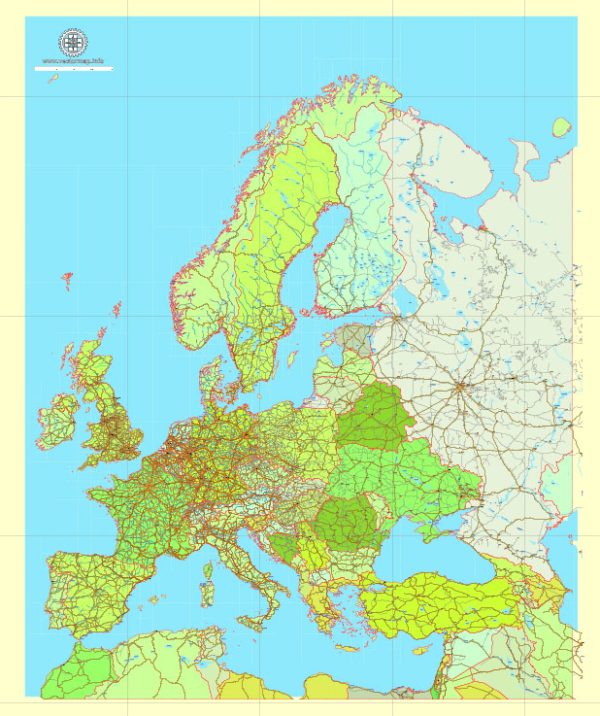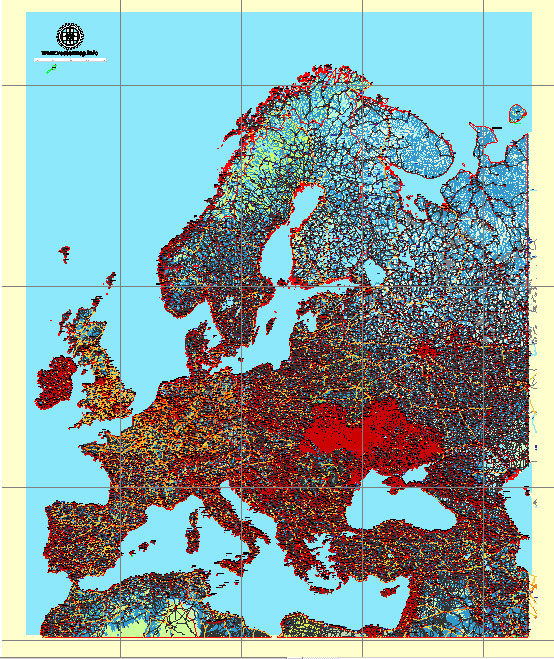Describing the demographic changes in Europe from prehistoric times to the present day is a vast and complex task, as it involves thousands of years of history and a wide range of cultural, political, and economic developments. However, I can provide a broad overview of some key periods and trends.
- Prehistoric and Ancient Times:
- During the Paleolithic era, Europe was inhabited by hunter-gatherer societies.
- The Neolithic Revolution brought about agriculture, leading to settled communities and population growth.
- Various ancient civilizations, such as the Greeks and Romans, had a significant impact on the demography of different regions.
- Medieval Period:
- The fall of the Roman Empire marked a decline in urbanization and population in some areas.
- The Middle Ages saw the rise of feudalism, with dispersed populations in rural areas.
- The impact of the Black Death in the 14th century led to a significant reduction in population.
- Renaissance and Early Modern Period:
- The Renaissance and subsequent periods witnessed a revival of cities and trade, contributing to population growth.
- The Columbian Exchange facilitated population growth by introducing new crops and food sources.
- Industrial Revolution:
- The 18th and 19th centuries brought about the Industrial Revolution, leading to urbanization and a shift from agrarian to industrial economies.
- Increased access to food, improved living conditions, and medical advancements contributed to population growth.
- 20th Century:
- The two World Wars had profound effects on European demographics, causing significant loss of life and displacements.
- Post-World War II, there was a baby boom in many European countries, contributing to population growth.
- Economic and political changes, including the formation of the European Union, influenced migration patterns and demographic shifts.
- Contemporary Period:
- In recent decades, Europe has experienced demographic challenges, including aging populations and declining birth rates in some countries.
- Immigration has played a crucial role in shaping the demographic landscape, contributing to cultural diversity.
- Economic and political changes, such as Brexit, have influenced migration patterns and population distribution.
It’s important to note that these are broad generalizations, and individual countries within Europe have experienced unique demographic trajectories. Additionally, ongoing events and developments will continue to shape Europe’s demographic landscape in the future.



 Author: Kirill Shrayber, Ph.D.
Author: Kirill Shrayber, Ph.D.